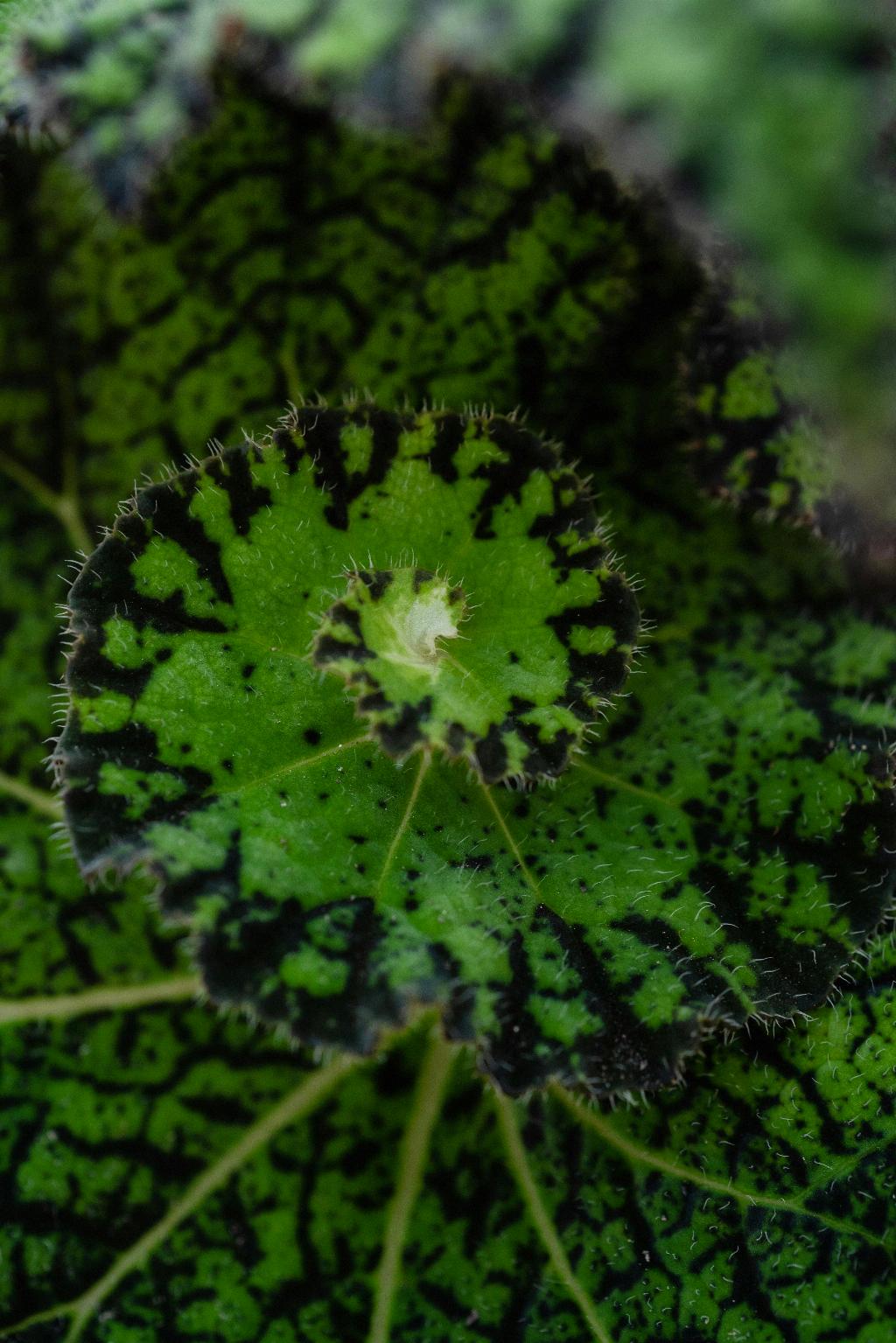When it comes to growing healthy and vibrant begonias, one of the key factors to consider is the amount of sunlight they receive. Begonias are known for their adaptability to different light conditions, but understanding their specific sunlight requirements can help optimize their growth and blooming potential.
Full Sun vs. Shade Tolerance
Begonias are versatile plants that can thrive in a wide range of light conditions, from full sun to shade. In general, begonias in colder climates can tolerate more direct sunlight, while those in warmer regions benefit from some protection from the intense afternoon sun to prevent sunburn and leaf damage.
Light Preferences Based on Leaf Color
Interestingly, the color of a begonia’s foliage can also influence its light requirements. Varieties with darker leaves tend to be more sun-tolerant compared to those with lighter green foliage. This natural adaptation allows begonias with darker colors to absorb more sunlight without risking damage.
Understanding Light Intensity Needs
While begonias can adapt to various light levels, it’s important to strike a balance between providing adequate sunlight for photosynthesis and protecting the plants from excessive heat stress. Monitoring the intensity of sunlight and adjusting the exposure accordingly can promote healthier growth in begonias.
Best Practices for Begonia Sun Exposure
For optimal growth, begonias should receive bright, indirect light for most of the day, with some filtered sunlight to prevent scorching. Positioning begonias near east-facing windows or under light shade trees can help maintain an ideal light balance for these plants.
Protecting Begonias from Harsh Sunlight
To shield begonias from the harsh midday sun, consider using sheer curtains or placing them in locations where they receive gentle morning or late afternoon light. This strategic placement can protect begonias from the intensity of direct sunlight while still providing ample light for photosynthesis.
Signs of Sun Damage in Begonias
Excessive exposure to intense sunlight can manifest in begonias through symptoms such as leaf scorching, wilting, and discoloration. Monitoring the plant for any signs of sun damage and adjusting its light exposure can help prevent further stress and ensure its overall health.
Adapting Light Levels for Seasonal Changes
As the seasons change, the amount of sunlight begonias receive may vary. During the hot summer months, it’s crucial to provide extra shade and protection for begonias to prevent heat-related issues. In contrast, during cooler months, increasing their exposure to sunlight can enhance their growth.
Indoor vs. Outdoor Light Considerations
For indoor begonias, placing them near windows that offer bright, indirect light is essential for their well-being. Outdoor begonias may benefit from morning sun exposure and filtered shade during the hottest parts of the day to optimize their growth and flowering potential.
Experimenting with Light Levels
Every begonia plant is unique, and experimentation with light levels can help you determine the optimal conditions for your specific varieties. Observing how your begonias respond to varying light intensities can guide you in providing the ideal environment for their growth and development.

Conclusion
In conclusion, begonias are adaptable plants that can thrive in a range of light conditions, from full sun to shade. By understanding their light preferences based on leaf color, monitoring their exposure to sunlight, and adjusting as needed, you can help your begonias flourish and showcase their beauty through lush foliage and abundant blooms.
